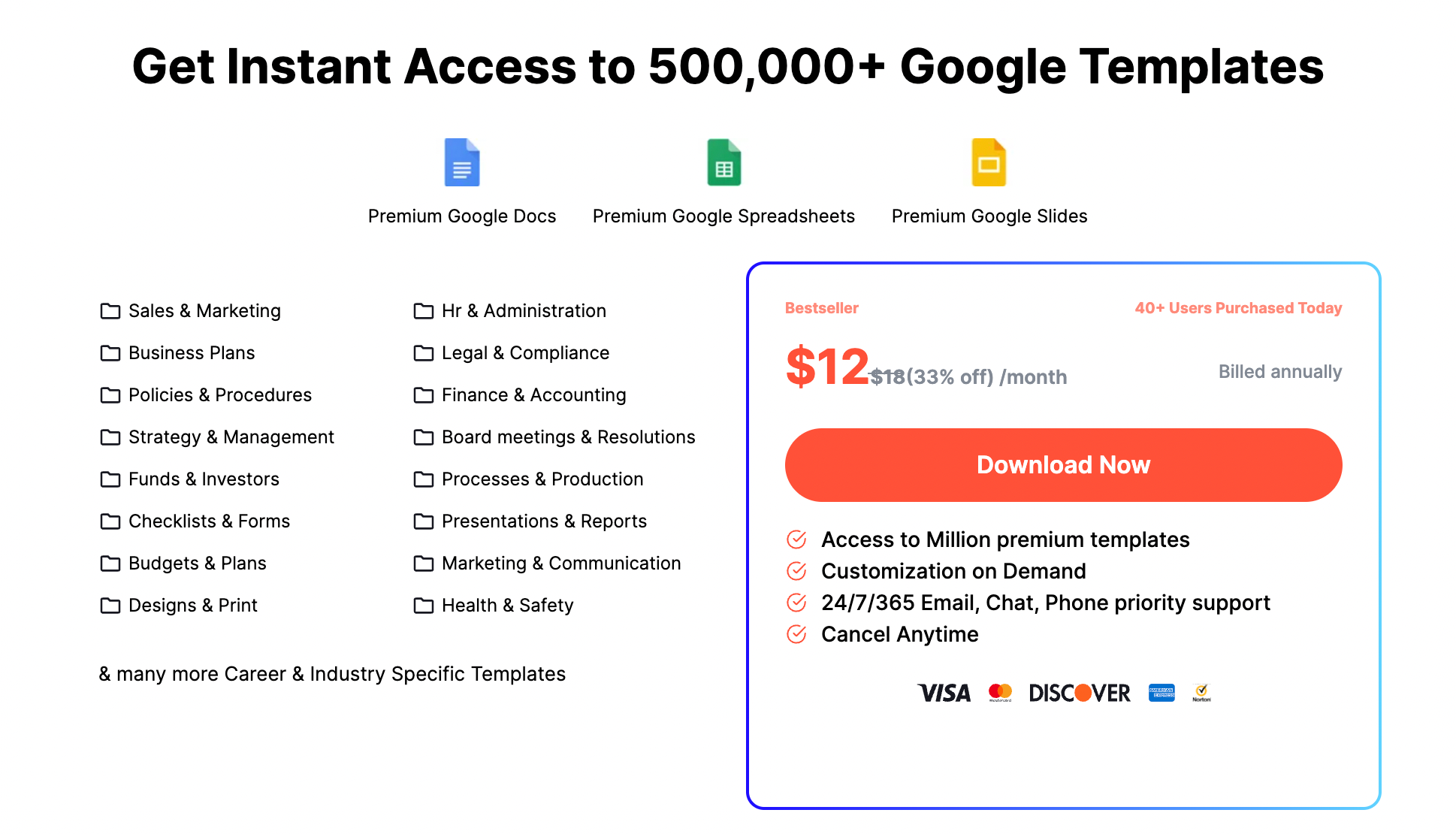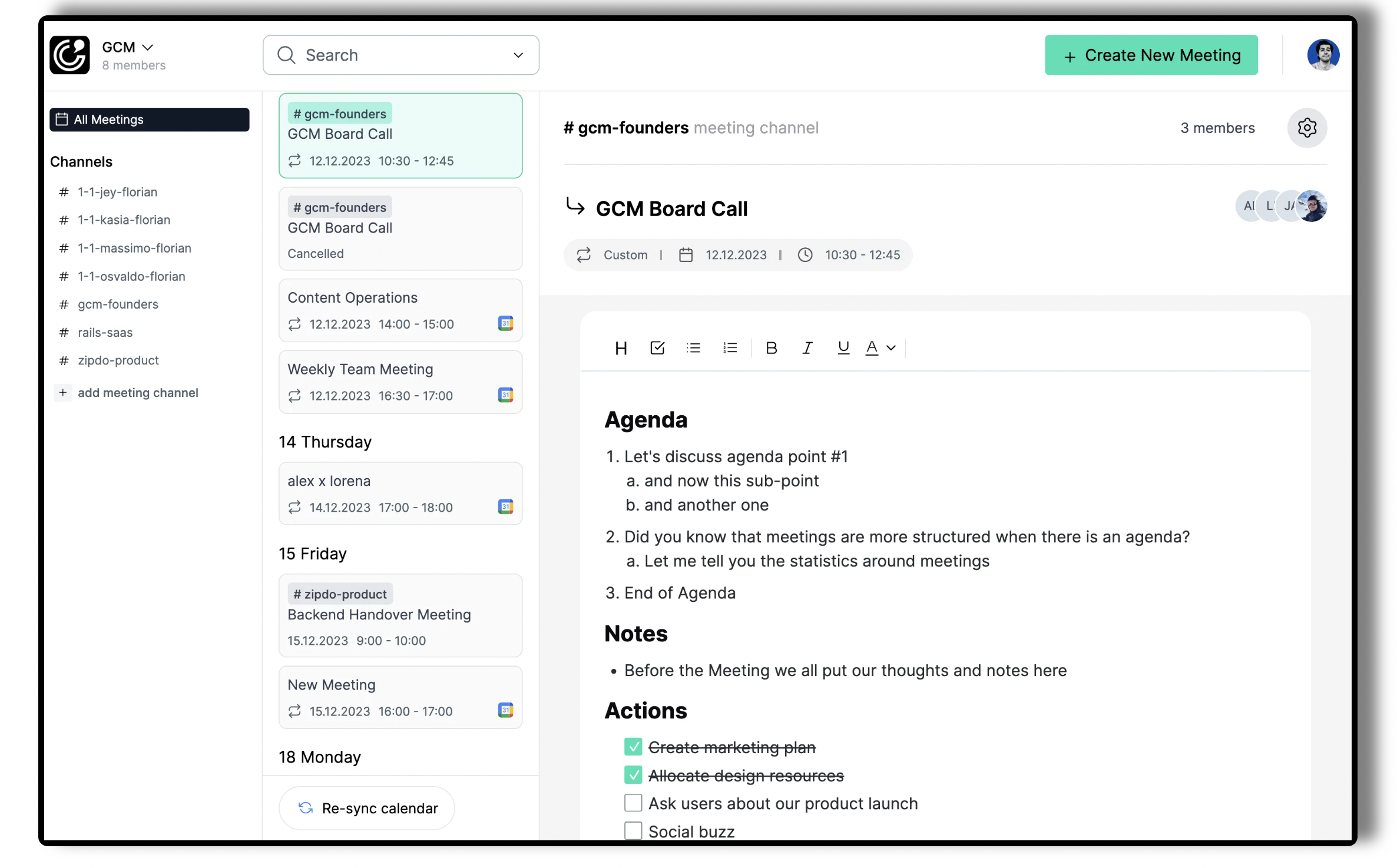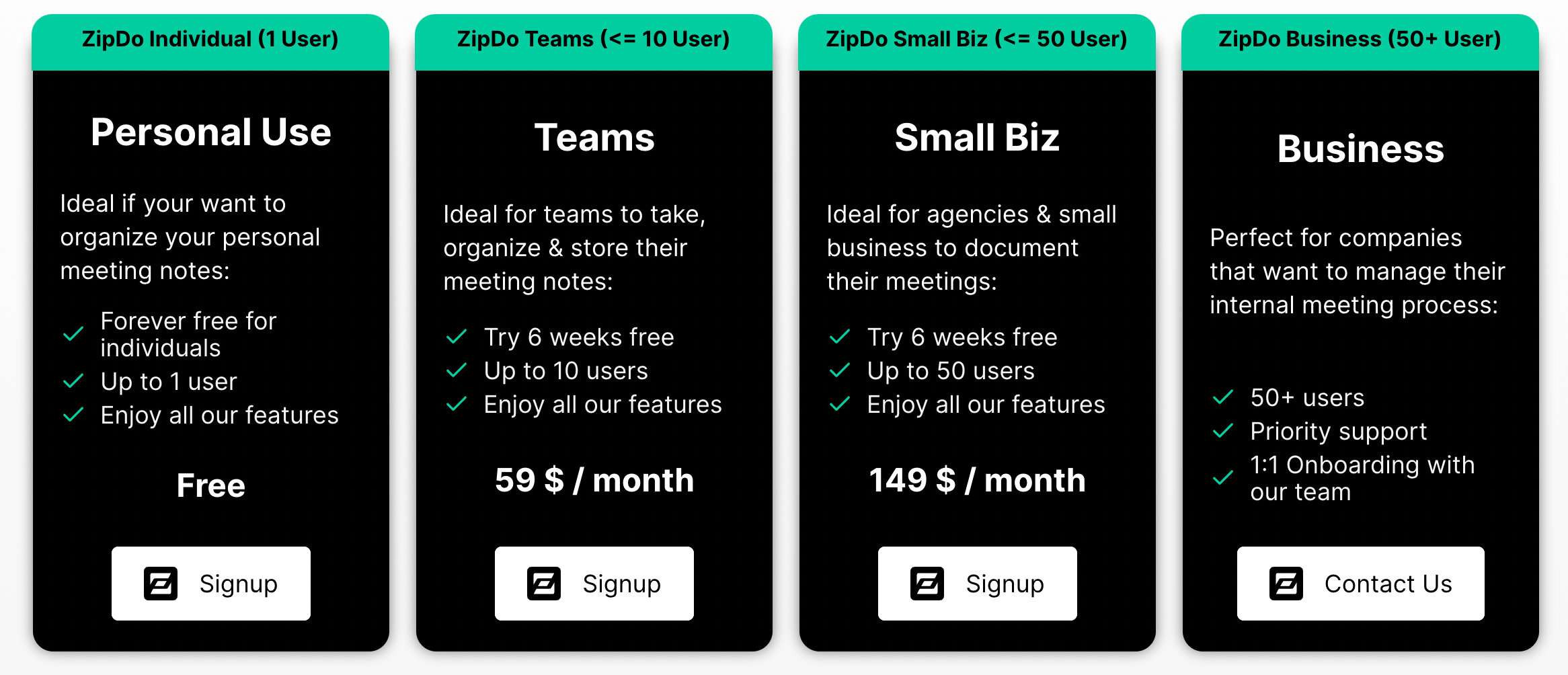While most church business meetings aren’t usually the first thing on one’s mind, responsibilities like church budgets, fundraising, events, new land and facilities, maintenance, and outreach ministries require regular meetings from church leadership.
They must also ensure the church functions well and can offer help. This article discusses the importance of and the steps to hold successful church business meetings. We’ll take you through each step and what an actual church business meeting agenda looks like!
Estimated reading time: 11 minutes
Table of contents
Why Do Churches Need Business Meetings?

In today’s time, church business meetings are hugely based on practicality. It’s because churches always have some business in hand to ensure they’re functioning properly. It can be regarding church budget, fundraising, events, buying land, building new facilities, maintenance, outreach ministries, and more.
Church leaders will need to sit down together to plan, create a team, and make sure things are in place throughout the project. That invariably calls for a business meeting
The Bible says it has no firm rules for a church meeting. But it does include specifics on the roles and duties of church leaders. There are two offices necessary to the church: pastors and deacons.
Meetings of the first church have more to do with keeping in line with scripture, coming up with doctrinal law, and helping others according to Jesus’s good teachings. And with the second office, church leaders solve problems. For example, when the needy don’t receive food while the disciples and pastors are in charge of prayer and ministry.
What documents and rules govern a church business meeting?
The first important step in preparing for a church business meeting is understanding the documents and rules that apply to the timing and format of a church meeting, as well as the specific matters to be covered.
Consider the following three points:
- The law in your state that governs nonprofits likely includes certain rules about how often the board and members should meet, how to give notice of meetings, and how to take votes.These rules can be mandatory, or they can apply only if not contradicted or qualified by a church’s bylaws. In some states, they apply only to churches that are incorporated. The laws vary from state to state, but every church would do well to designate at least one staff member or church member to become familiar with the law that applies.
- After state law, your church’s constitution and bylaws are the authority for business meetings.
- Where the church’s constitution and bylaws are silent, the parliamentary authority that your church has chosen applies next.Robert’s Rules of Order Newly Revised is the most common parliamentary authority used by churches, and it covers topics such as the process for making, discussing, and voting on proposals, and the methods by which nominations are made and elections are conducted.If your church has not chosen to follow a specific parliamentary authority, it should consider doing so, or it should adopt a set of its own rules that address the details of how business is conducted at a meeting and how elections occur.
Robert’s Rules of Order
There are a few guiding principles to Robert’s Rules of Order that you need to understand.
- Everyone has the right to participate in discussion if they wish, before anyone may speak a second time.
- Everyone has the right to know what is going on at all times.
- Only urgent matters may interrupt a speaker.
- Only one thing (motion) can be discussed at a time.
A motion is the topic under discussion (e.g., “I move that we add a lunch break to this meeting”). After being recognized by the president of the board, any member can introduce a motion when no other motion is on the table. A motion requires a second to be considered. If there is no second, the matter is not considered. Each motion must be disposed of (passed, defeated, tabled, referred to committee, or postponed indefinitely).
Steps to a Church Business Meeting
1. Publish the Meeting Agenda
One of the most important things to do to prepare for a church business meeting is to make church members aware of the meeting and the importance of their attendance. You’ll want to use every possible church communication tool available and continually make congregants aware of the meeting date, topics that will be discussed, and meeting goals.
Push this communication for a minimum of three weeks ahead of time. The more you talk about it, the more important members will believe it to be. It’s also a good idea to publish the agenda ahead of time so that people are prepared for what is to be discussed.
2. Understand the agenda items
Your meeting agenda is an excellent starting point when planning your meeting. Before you begin your meeting, you must go over the agenda and develop a deep understanding of each topic and issues that will be discussed. A church business meeting should take time to prepare for, and never done last minute. It’s also important to understand where church leaders stand on these issues. The better you know what others may bring up, the more prepared you will be on each subject.
3. Welcome members and pray
Now that you’ve published the meeting agenda to your staff, you’ll begin the actual meeting at the set upon time. Move the meeting toward the direction of the church as an organism, rather than the church as an institution. Set the tone for the meeting so that this is not just a business meeting like those of other organizations. Emphasize that this is a business meeting where God and God’s people are present. Open up each meeting with prayer and scripture. This is God’s house after all, and He is at the center.
4. Provide Handouts
It’s always important to give people something to take away from the meeting. Some people like to take notes during the meeting, so provide the necessary resources to make that as easy as possible. Share information in print so people can have a resource to refer back to later. Also, consider that typos in the materials can create a distraction for attendees that you can’t afford. Take the time to proof the material to eliminate typos in the printed material. Not everyone is an auditory learner, so take into consideration every learning style!
5. Recap on last meeting
The last meeting your church had might have been several weeks or months ago, so take time to briefly recap what was discussed. This is where taking notes comes in handy, and can be referred to at this time. Discuss what happened during the meeting and the outcomes after the meeting.
6. Conduct new business
After any old business, you can move on to new business and current issues. Most organizations let their Executive Director and Board Committees plan what to discuss during each meeting.
Each leader should provide you with topics and reports for your agenda. You’ll also want to limit the items discussed during the meeting to those printed on the agenda. You can add any other topics members may bring to the next agenda.
7. Vote on action items
An important part of your board meeting is your board’s action items. Your Executive Director and Board Committees will share past and current action items. Each of these items must be voted on and approved by the majority.
8. Talk about the next meeting
You’ll need to have the next date and location of the church business meeting planned ahead of time. It’s important to let people plan and be aware of when meetings are happening. This sets the precedence that these meetings are important and needed.
9. Send follow up emails after the meeting
After your business meetings, you should also contact and thank all who attended. Members participating in these meetings are your strongest followers. So you must reach out personally and discuss how you can help them with action items. Include a brief list of what was discussed so members can refer back to each point.
10. Limit the number of church meetings
Many church business meetings can feel unnecessary. Meeting once a quarter is sufficient in almost any church. As your church family embodies trust within itself, most business of your church can be delegated to other small work groups. These groups should operate within the bounds of the policies of the church and the annual church budget.
Churches don’t need to hold business meetings monthly. Instead, it’s best to meet once a quarter with all your members. In the meantime, you can split leadership into smaller groups.
To make it easier for these groups to address all issues that come up, you should give them the power to make decisions on their own without too much external approval. This way, quarterly or annual church business meetings can be more informative and allow you to share what’s going on with your church family and all the successes you’ve achieved.
Making the Most out of each meeting agenda
Now that you’ve found out the steps necessary to hosting a successful church business meeting, let’s talk about how to make the most of each meeting!
Collect member questions before the meeting
Your business meetings should be informative first and foremost. The best way to ensure your members receive all the information they need, you must offer them the chance to ask questions and give their feedback.
How you collect these questions depends on the size of your church. If you’re a smaller church, you may have an easier time reaching out directly with phone calls or in person. If you have a larger membership, you can send emails, post them on your website or social media, and make an announcement during services.
The purpose is to let members know you are interested in their opinions and want to be entirely transparent. Once you have a collection of questions, you can base your agenda on how best to answer them. You might even see a trend of questions that a large quantity of people want answered.
Delegate someone to take meeting minutes
Next, you should delegate someone to take meeting minutes. This individual cannot be the same person who’s running the meeting. If you have a secretary, meeting minutes are generally part of that person’s responsibilities.
Meeting minutes must include:
- Meeting date and time
- Attendees
- Amendments and votes
- Motions and approval of proposals
- New business
- Date and time of the next meeting
- Election outcomes
- Action items
After your church business meeting, the secretary will then print and share meeting minutes with all voting members. Members will vote to approve these minutes during the next meeting.
Once approved, you will want to keep them in with other critical documents. You’ll also want to share board meeting minutes on your website to show transparency.
Church Business Meeting Templates
If you are not sure where to begin with your agenda, don’t worry! We’ve found some amazing websites that have templates for meeting agendas. You’ll be able to customize and insert all the information for your church. For a small monthly price, you’ll have access to hundreds of helpful templates, not only for meetings, but other items as well.
Template.Net

Template.Net has so many incredible resources to look through! Sign up for an account and choose the best meeting agenda template. You’ll be able to customize as well as ask any questions to their helpful team.
Other templates available:

Pricing:
Single User – $5 monthly
Team Use – $12 monthly
Zipdo

Simply copy and paste their template using one-click, or directly utilize it in their Zipdo software. Software plays a vital role in assisting leaders to effectively run church board meetings. It simplifies various tasks such as creating agendas, managing participant lists, and scheduling meetings.
Additionally, software provides a centralized platform for collaboration, allowing leaders to distribute and review meeting materials, track progress, and make informed decisions. With these amazing tools, leaders can ensure efficient and organized board meetings, enabling them to focus on fulfilling their mission and serving their church community.
Our Recommendations:
- Meeting Management Software: A software that can help you organize your meeting workflow
- Meeting Agenda Software: A software that helps you to collaboratively create meeting agendas
- Meeting Note Software: Software that allows you to create notes during meetings
- Meeting Minutes Software: Create and share Meeting Minutes with your team.
Pricing: Try Free for 6 Weeks!

Related Links:




